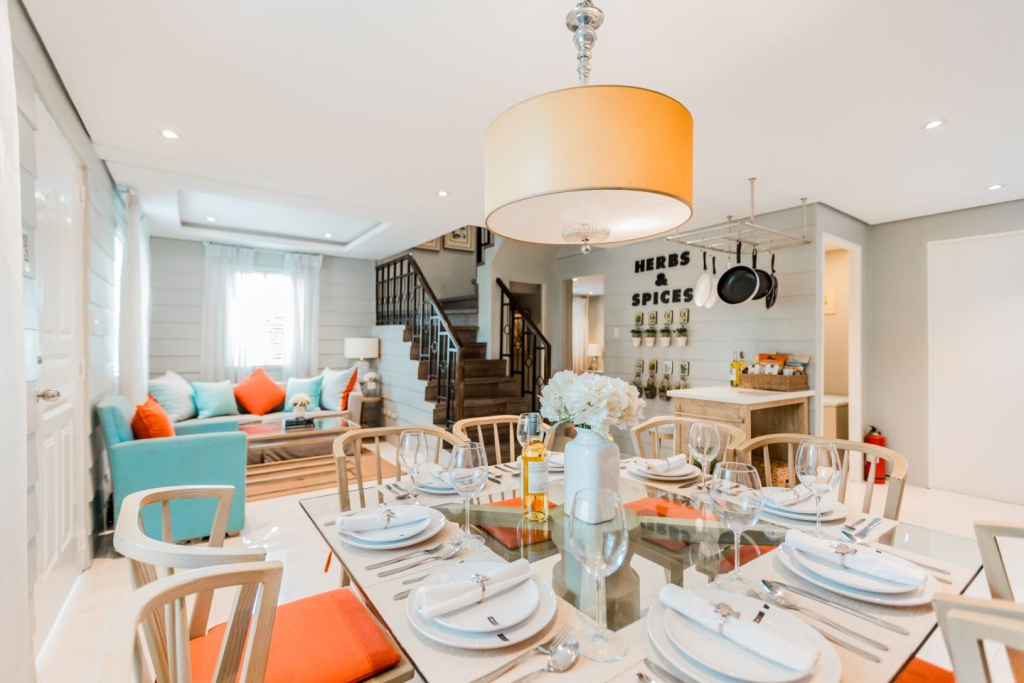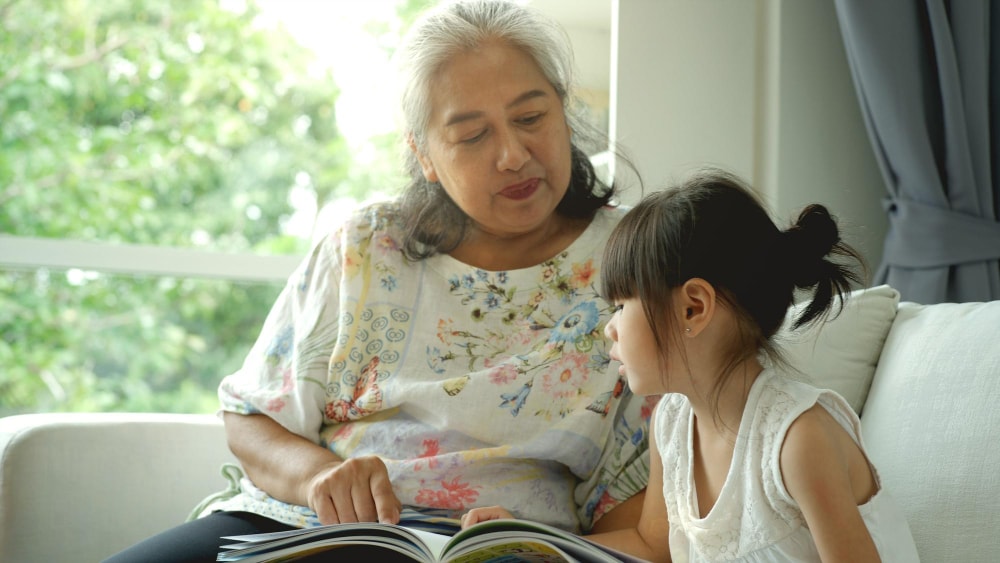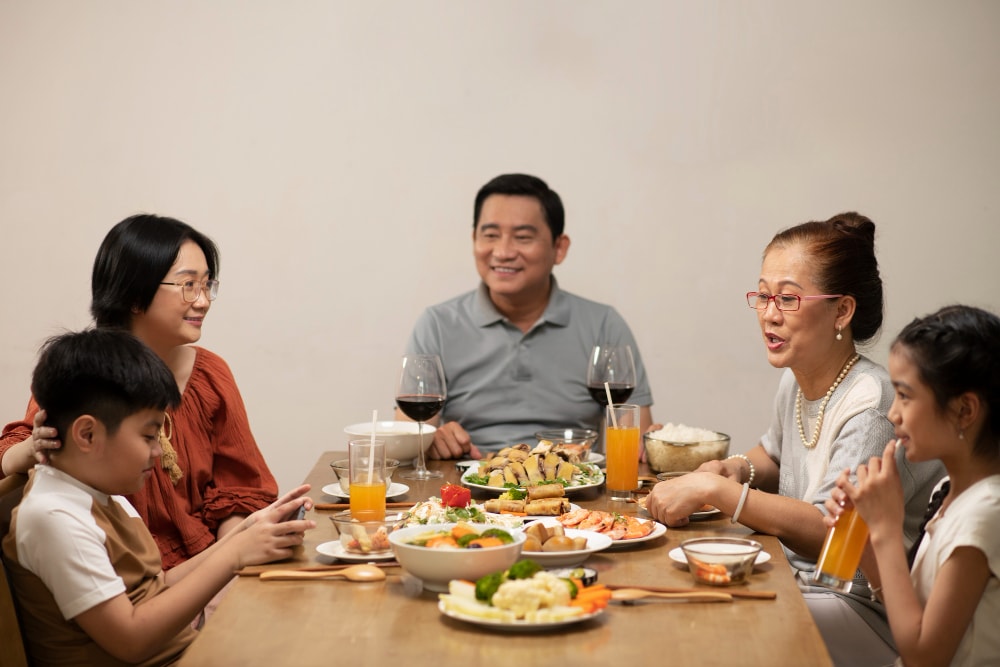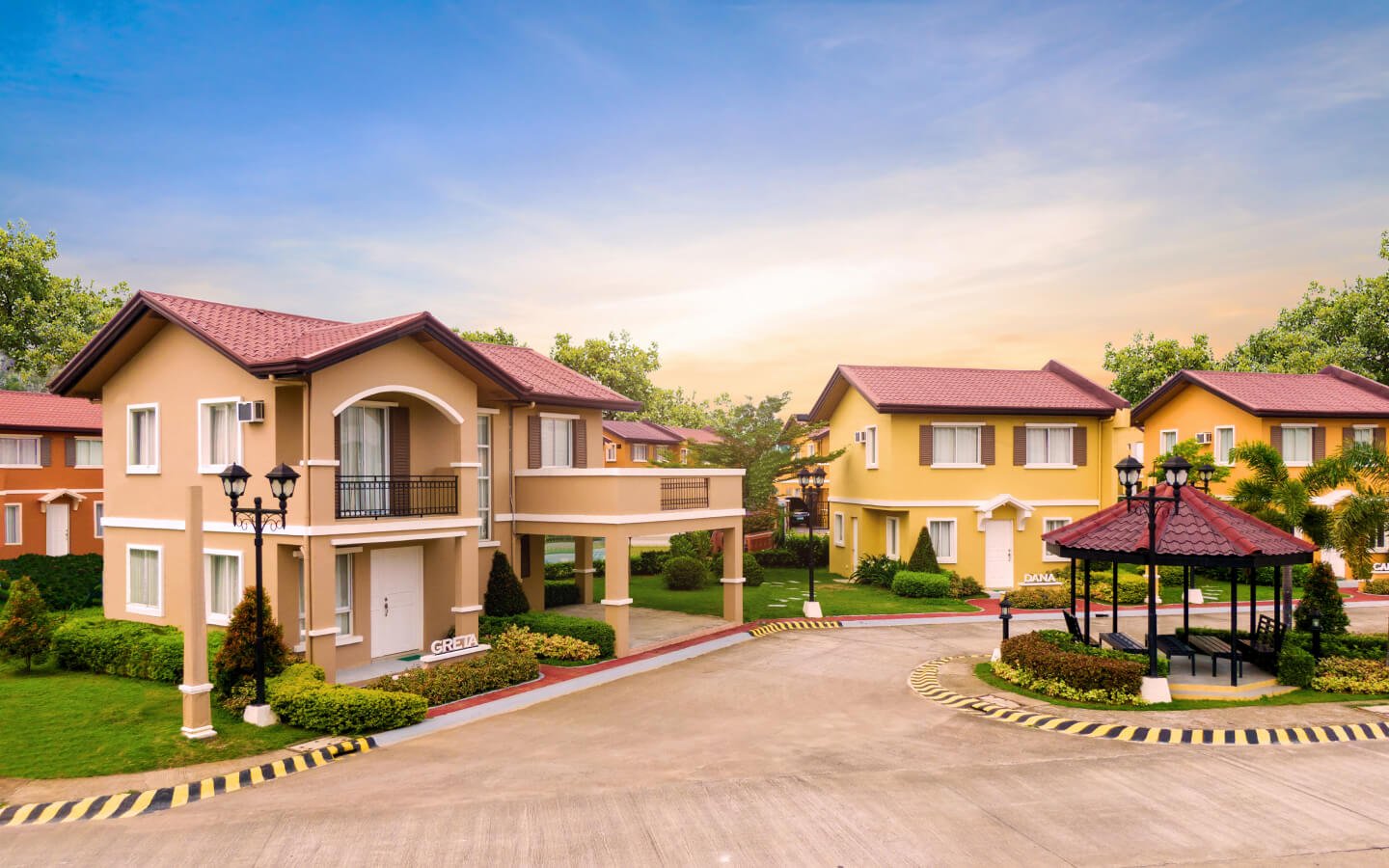
In the Philippines, the idea of a family home has always gone beyond parents and children living together.
For many households, it’s common to find grandparents, young adults, and even extended family members sharing one roof.
This practice, deeply rooted in tradition and practicality, has become increasingly relevant in recent years due to shifting economic factors, evolving cultural values, and the changing needs of modern families.
Today, the rise of multi-generational homes has become a cultural norm again. It’s also considered the perfect solution for building stronger family bonds, lowering living expenses, and providing care across different age groups.
But with more people sharing shared living spaces, the challenge lies in designing a home that fosters both connection and independence. This is where thoughtful multigenerational home design comes in.
The Benefits of Multi-Generational Living
Living under the same roof provides multiple benefits for families.
Stronger Family Bonds and Shared Experiences
With multiple generations together, there’s constant interaction between grandparents, parents, and young people.
Children grow up hearing family stories, while seniors experience a sense of belonging and purpose. These shared experiences strengthen family dynamics and create closer relationships that span across different age groups.
Support and Care Across Generations Under One Roof
A multigenerational house allows families to provide care easily. Grandparents can look after grandchildren, while adults can support aging parents who face mobility challenges. It’s a natural support system that adapts to evolving needs.

Practical Solutions to Economic Factors
With rising living expenses and housing costs, multi-generational living helps accommodate individuals in one house while reducing financial pressure.
Shared spaces, such as living areas, bathrooms, and dining areas, also entail shared costs for utilities and household chores.
Flexibility for Modern Families
Multi-generational house plans can suit different functions. From guest rooms for visiting relatives to flexible spaces that adapt as children grow into young adults, a well-planned house ensures the home continues to support every stage of life.
Multigenerational Home Design Considerations
Designing a home for multiple generations requires balancing personal space with connection. Here are essential features to include in multigenerational house plans:
1. Separate Living Spaces
While shared living spaces foster togetherness, separate living areas are equally important. By giving family members privacy, the home respects independence while maintaining family bonds.
For example, a multi-generational house can have a small unit with its own bedroom, bathroom, and kitchenette for young adults or extended family members.
2. Flexible Spaces for Different Functions
Flexible spaces allow different purposes depending on who uses them. A single room can shift from a study area for young people to a home office for parents, or even a hobby room for grandparents. These adaptable spaces make multi-generational living more practical.

3. Accessibility Features for All Ages
As different age groups share the same roof, safety and accessibility become vital. Features like wider doorways, grab bars in bathrooms, and step-free entrances help accommodate individuals with mobility challenges. This ensures that grandparents enjoy independence without sacrificing safety.
4. Thoughtful Dining and Living Areas
Central living areas and dining spaces serve as the heart of the family home, where shared experiences take place. A large dining table for shared meals, or an open-plan living room where everyone can gather, strengthens family togetherness.
5. Outdoor Living for Shared Experiences
In the Philippines, outdoor living spaces are an extension of the home. Patios, gardens, or roof decks can serve different purposes: play areas for kids, relaxation spots for grandparents, or gathering spaces for the entire family. These other areas encourage connection while offering fresh air and movement.

Tips for Designing Comfort and Connection
To make multigenerational house plans truly work, here are design tips that combine functionality with family dynamics:
Create Zones for Privacy and Community
Design the home so that private bedrooms and bathrooms are balanced with large shared spaces. This gives each member independence while ensuring frequent interaction.
Include a Guest Room
A guest bedroom is invaluable for visiting relatives or young adults returning temporarily. It adds flexibility to multi-generational designs without disrupting the flow of the house.
Plan for Separate Entrances if Possible
In some multi-generational homes, having separate entrances for different age groups or family units can create more privacy while still being under the same roof.
Design with Lifestyle in Mind
Consider the lifestyle of each member. Think about whether they need quiet spaces for work, playrooms for kids, or accessible bathrooms for seniors.
The home should adapt to different functions across generations.
Incorporate Storage and Household Chores Solutions
With more people come more belongings and responsibilities. Built-in storage, organized living areas, and smart layouts for household chores like laundry help the house run smoothly.

Why Multi-Generational Homes Are the Perfect Solution
The resurgence of multigenerational living reflects both tradition and practicality. With cultural shifts and rising costs, families see multi-generational designs as the perfect solution for balancing connection with independence.
Beyond financial relief, the greatest benefits come from closer relationships, shared responsibilities, and the ability to accommodate individuals at all stages of life.
In the Philippines, where family bonds and respect for grandparents are at the heart of society, the multigenerational home design is not just about creating living spaces; it’s also about celebrating family togetherness under one roof.
With thoughtful house plans, practical features, and a vision for connection, families can truly create homes that nurture generations to come.
Camella Builds Homes for Multigenerational Living
For families looking for a multigenerational house that balances comfort, connection, and independence, Camella offers the perfect solution.
Their homes are thoughtfully designed with spacious living areas, flexible house plans, and separate living spaces that can easily adapt to the needs of different age groups, from grandparents to young adults.
Camella communities also promote family togetherness through safe, secure neighborhoods and inviting outdoor living spaces such as parks, gardens, and open areas where shared experiences thrive.
With homes that support both tradition and the needs of modern families, Camella continues to be the ideal choice for multigenerational living under one roof.

Celebrate Life’s Milestones in Camella!
Make unforgettable memories in a Camella home.
Our communities are designed to elevate your living experience.

